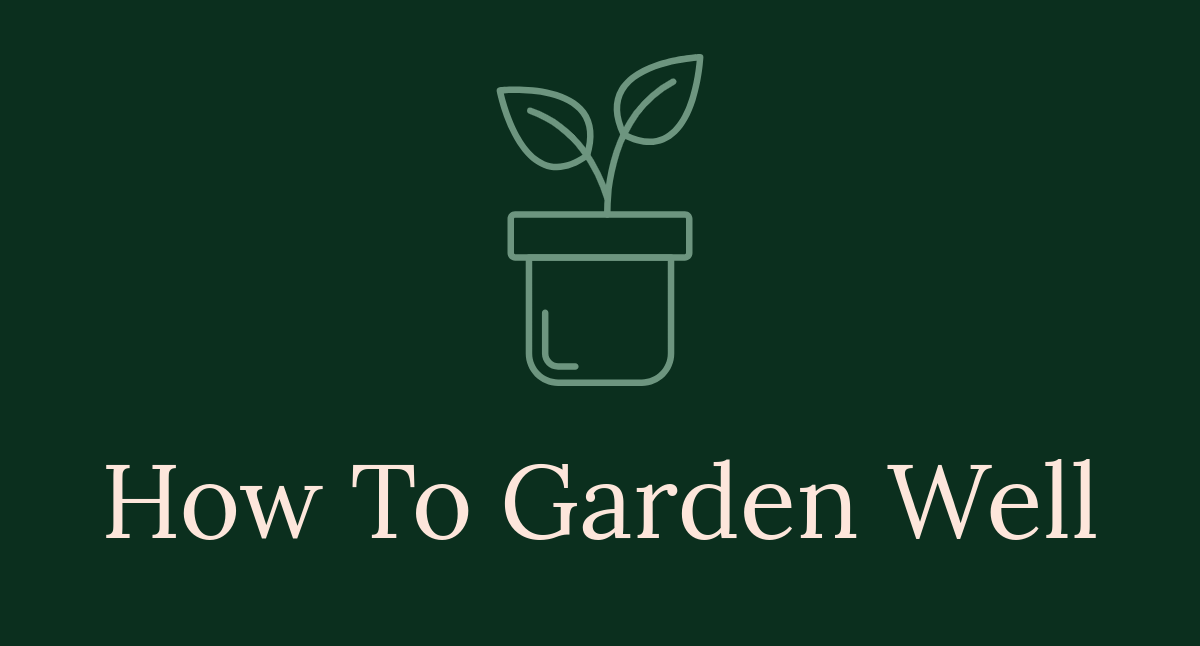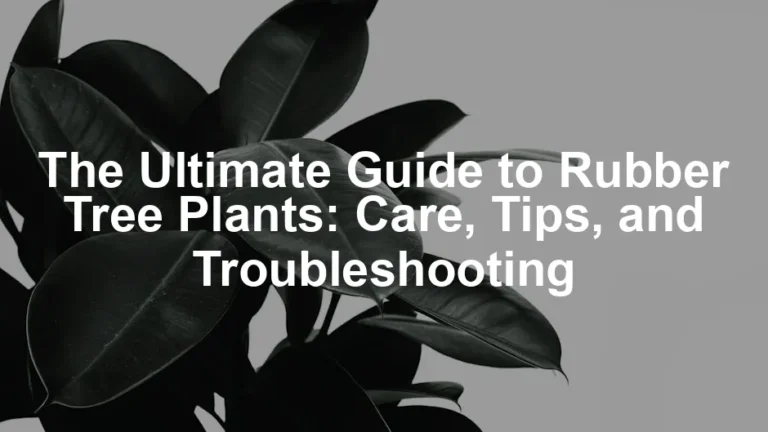

How to Create an Efficient Self-Watering Container Garden for Beginners
Introduction
Gardening can feel like a Herculean task for beginners. One of the biggest challenges? Keeping plants properly hydrated! Enter the self-watering planter—a true lifesaver for those just starting out. Picture this: lush herbs and vibrant flowers thriving in your space, all while demanding minimal attention. Like magic, right? Well, get ready to embrace the beauty of self-watering systems!
This guide will help you navigate the essentials of creating a self-watering container garden. It’s not just about saving time; it’s about nurturing your plants without the burden of daily watering. Whether you’re someone who can barely keep a cactus alive or a budding plant parent, this method is your ticket to gardening success.
Think about it: no more worrying about your plants drying out while you binge-watch your favorite show or go on a weekend getaway. With self-watering containers, you can cultivate your gardening skills with ease. So, roll up your sleeves and let’s dig into the world of efficient self-watering gardens. You’ll soon discover that gardening can be a joyful and rewarding adventure. Ready to transform your space? Let’s get started on your self-watering journey!

Summary
In this comprehensive guide, we’re diving headfirst into self-watering container gardening, specifically crafted for beginners. We’ll kick things off by sharing the magic of self-watering systems. These systems are champions of water efficiency, ensuring your plants receive the moisture they need without drowning them. You’ll learn about the essential materials required, from your containers to the all-important wicking material, and how to set your garden up for success.
Next, we’ll guide you through the construction of your self-watering container. With simple step-by-step instructions, we’ll cover everything from selecting the right container to creating a water reservoir that keeps your plants quenched. We’ll also share golden tips on choosing the best plants for your self-watering garden, along with maintenance advice to keep them thriving.
Throughout this guide, we’ll tackle common questions and identify potential pitfalls to watch out for, ensuring you feel empowered in your gardening endeavors. By the end, you won’t just understand how to create a self-watering container garden; you’ll also appreciate the satisfaction that comes from nurturing your own plants. So, grab your gardening gloves, and let’s jump into the wonderful world of self-watering container gardens!
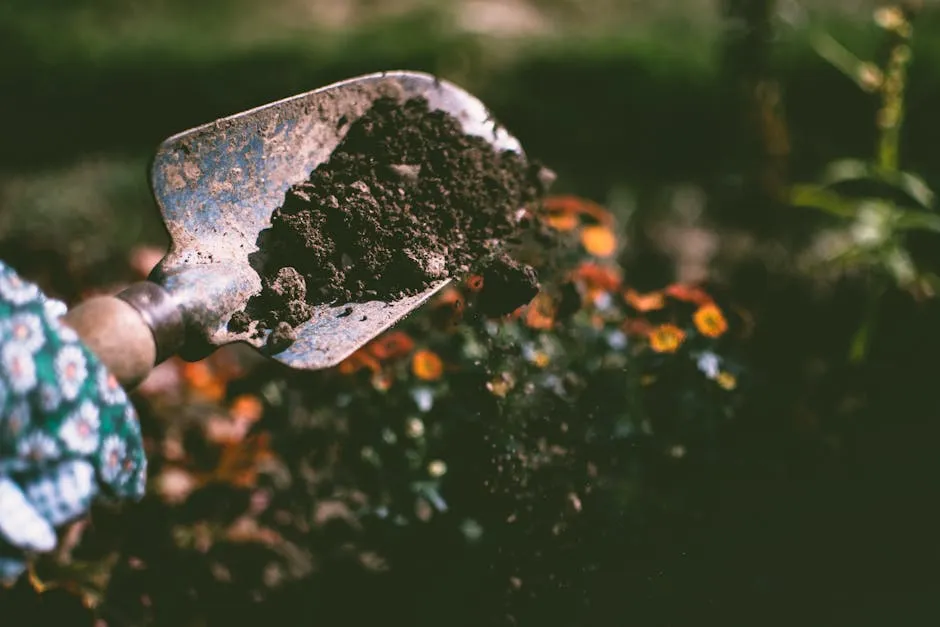
Benefits of Self-Watering Container Gardens
Why Choose a Self-Watering System?
Water Efficiency: Self-watering systems are champions of conservation. These garden wonders deliver water directly to the roots, minimizing waste. No more waterlogged soil or wasted gallons! With a reservoir, plants sip at their own pace, making every drop count. You’ll feel like an eco-warrior while keeping your plants hydrated.
Consistent Moisture Levels: Picture this: your plants are on a moisture rollercoaster. One day they’re parched, and the next, they’re drowning. Not with self-watering systems! These setups maintain steady moisture levels, preventing the dreaded wilting or overwatering. Consistent hydration keeps plants thriving and helps them develop robust root systems. Happy roots lead to happy plants!
Ease of Maintenance: Busy life? Traveling often? No worries! Self-watering systems are like your gardening sidekicks. They take the hassle out of daily watering, making them perfect for those on the go. Simply fill the reservoir and let the system do its magic. You can enjoy your vacation without worrying about your plants turning into sad, wilted versions of themselves. Want to give your plants a little extra love? Consider some plant food fertilizer to keep them happy!

Environmental Benefits
Sustainability: These systems contribute to a greener planet. By reducing water waste and promoting responsible gardening, self-watering containers are eco-friendly superheroes. You’re not just growing plants; you’re fostering a sustainable lifestyle. With every flower and herb, you’re supporting the environment—one sip at a time!
Reduction of Water Stress: Dry spells can be tough on plants, but self-watering systems act like a lifebuoy. They help alleviate water stress during droughts, ensuring plants remain hydrated. This is especially vital in regions with erratic weather patterns. When nature throws a tantrum, your self-watering garden stays cool and collected!
In conclusion, self-watering container gardens are a fantastic option for both novice and seasoned gardeners. They provide numerous benefits that make gardening accessible, enjoyable, and sustainable. From conserving water to promoting plant health, these systems are a win-win for you and the environment. So, roll up those sleeves and get ready to embrace the self-watering revolution!

Step-by-Step Guide to Building Your Self-Watering Container
Planning Your Garden
Choosing the Right Location
Finding the perfect spot for your self-watering container garden is crucial. Plants need sunlight, but they also need easy access to water. Aim for a location that receives at least 6-8 hours of sunlight daily. South or west-facing areas work wonders! Ensure your plants can soak up those rays without competing for space.
Next, consider water accessibility. Filling your reservoir shouldn’t require a mini expedition. A nearby faucet or water source is ideal. You want the ease of filling up without a wrestling match. Think convenience; you’ll thank yourself later!

Building the Self-Watering System
1. Constructing the Container
Start with a sturdy container. A wooden box or decorative plastic container will do the trick. If using wood, line it with plastic to prevent rot. Measure and cut the wood accordingly. Assemble the box by securing corners with screws. For ventilation, drill holes in the base for drainage.
2. Creating the Reservoir
Now, let’s make that reservoir. Grab a plastic container that fits snugly inside your box. This will hold the water. Ensure it’s at least 6-8 inches deep for adequate water storage. Seal any holes in the bottom with silicone to maintain water levels. Don’t forget to drill a small overflow hole—this prevents overwatering disasters!
3. Adding the Wicking System
It’s time to get wicking! This system is the heart of your self-watering container. Cut strips of landscape fabric or use cotton wicks. Place one end in the reservoir and the other into the soil. This setup allows water to travel through capillary action, keeping your soil moist. For best results, consider using soil moisture meters to monitor hydration levels!
4. Planting
Choose a good-quality organic potting soil designed for containers. Fill the container, leaving a few inches of space at the top. This prevents soil spills when watering. When planting, give each plant enough room to grow—consider their mature size. Space them out to avoid overcrowding, ensuring they all get their fair share of sunlight and nutrients.
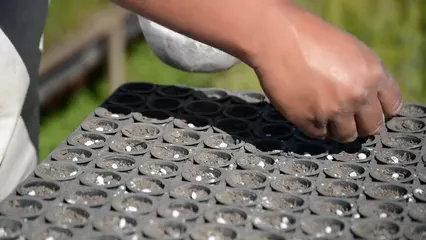
Maintenance Tips
Watering Schedule
Keep an eye on your reservoir. Depending on your climate, you might need to refill it every week or two. On hot days, check more frequently. Remember, the goal is to keep that reservoir full without overflowing!

Monitoring Plant Health
Watch your plants closely. Are the leaves yellowing? That could mean overwatering. If they’re wilting, it might be the opposite—underwatering! Adjust accordingly. Regularly check the soil moisture by sticking your finger in the soil. If it feels dry an inch down, it’s time to add water.
With these steps, you’re well on your way to creating a thriving self-watering container garden. Enjoy the fruits of your labor—literally! Happy gardening! And don’t forget to label your plants with plant labels for easy identification!

Considerations for Plant Selection
Light Requirements
Every plant has specific light needs. Some are sun-worshippers, while others prefer a bit of shade. Before planting, assess your available sunlight. Is your balcony a sun-soaked paradise, or does it live in the shadows? For sunny spots, consider herbs like basil and parsley. They thrive on direct sunlight, making them perfect companions for your bright balcony.
If your space gets partial shade, opt for leafy greens like lettuce or spinach. They love a bit of shelter. For those tricky areas that barely see the sun, try ferns or shade-tolerant flowers, like impatiens. Matching plant needs with sunlight ensures your garden flourishes, not flounders.

Growth Patterns
Understanding how plants grow is equally important. Some plants are overachievers, growing tall and wide, while others prefer to stay compact. This affects your container choice. For instance, tomatoes need space to sprawl, so select a larger container with room to breathe.
Conversely, herbs like thyme or chives can thrive in smaller pots. When arranging your garden, consider the mature size of each plant. Overcrowding can lead to competition for resources. Give each plant its space to shine, ensuring they all have enough room for roots to spread and air to circulate.
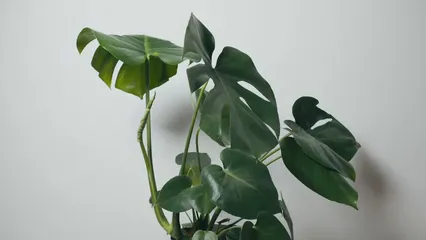
Troubleshooting Common Issues
Overwatering vs. Underwatering
Finding the right balance of moisture can be tricky. If your plants’ leaves turn yellow, it might signal overwatering. The roots can drown, leading to sad, droopy foliage. On the flip side, if your plants wilt and look thirsty, it’s a clear sign of underwatering.
Check the soil moisture! Stick your finger in the soil. If it feels like a desert, it’s time to water. If it’s soggy, hold off on the H2O for a bit. Keeping an eye on these symptoms helps you maintain that perfect moisture level.

Pests and Diseases
Ah, pests—the uninvited guests of the garden party! Common culprits include aphids and spider mites. They can wreak havoc on your plants if left unchecked. To manage them, consider natural solutions. Spray a mix of water and dish soap on affected plants. This concoction can deter many pests without harsh chemicals.
Additionally, keep an eye out for diseases like powdery mildew. This fungal foe loves humid conditions. Ensure good air circulation by spacing your plants adequately. Prune any infected leaves promptly to keep your garden healthy and thriving. If pests become a serious problem, a garden pest control spray might be just what you need!
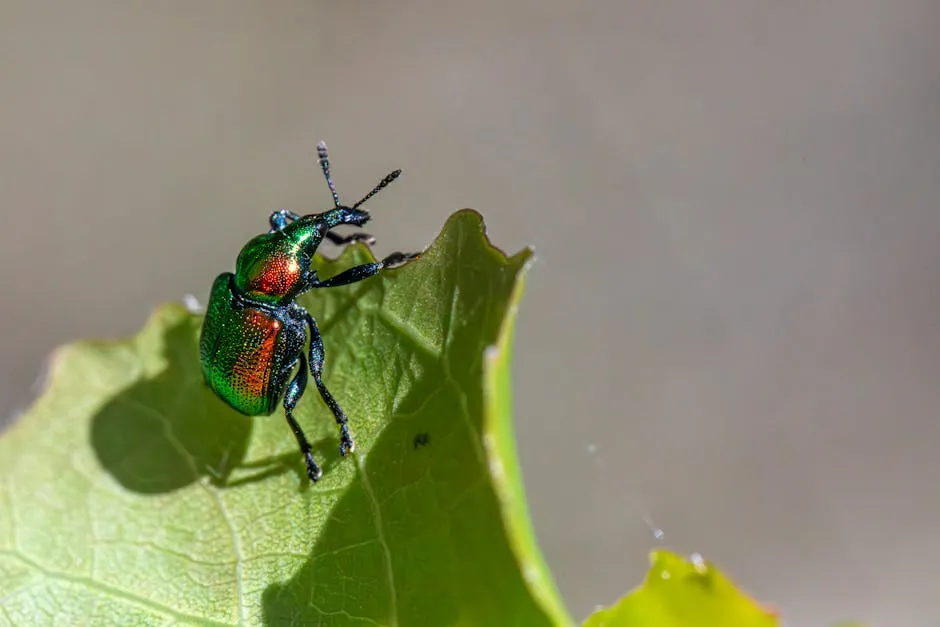
FAQs
How often do I need to refill the water reservoir?
The frequency of refilling your self-watering container depends on various factors. Hot weather, plant size, and container depth all play a role. During scorching summer days, your plants may sip faster, requiring weekly refills. Smaller plants generally drink less, so check their reservoirs every 10 to 14 days. A good rule of thumb? Always keep an eye on that water level indicator, if your container has one.
Can I use any container for self-watering?
Not every container is cut out for self-watering magic. Look for containers with a built-in reservoir and drainage holes. Plastic, clay, or wooden containers work well, but ensure they can hold water without leaking. Repurposing old items like buckets or bins can also work—just modify them to create a reservoir. Remember, the container needs to be sturdy enough to support the weight of the soil and plants.
What should I do if my plants are wilting?
Wilting plants can signal trouble. First, check the soil moisture. Stick your finger in the soil; if it’s dry an inch down, it’s time to water. If the soil feels soggy, you might be overwatering. Adjust your watering habits accordingly. Also, inspect your plants for pests or diseases. Sometimes a little TLC like pruning or relocating to a sunnier spot can work wonders.
Are self-watering containers suitable for all types of plants?
While self-watering containers are great for many plants, they might not suit everyone. Plants that prefer dry conditions, like succulents and cacti, can suffer from excessive moisture. Most herbs, vegetables, and flowering plants thrive in self-watering setups. However, always consider the moisture needs of each plant before planting them in your self-watering oasis.
Can I use my self-watering system indoors?
Absolutely! Indoor self-watering containers are a fabulous choice for bringing greenery into your home. Just ensure they have proper drainage to prevent overflow. Monitor humidity levels, as indoor environments can vary. A water level indicator is handy for indoor setups, making it easy to keep track of your plants’ hydration needs without the daily chore. Enjoy the beauty of plants inside without the hassle!
Please let us know what you think about our content by leaving a comment down below!
Thank you for reading till here 🙂
If you’re new to gardening, consider checking out this comprehensive guide on organic vegetable gardening for beginners to enhance your skills. And don’t forget to explore the joys of gardening with a Gardening Book: “The Flower Gardener’s Bible” or “The Vegetable Gardener’s Bible” for even more insights!
All images from Pexels
